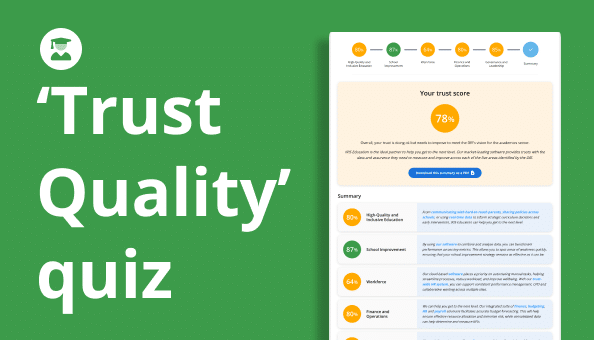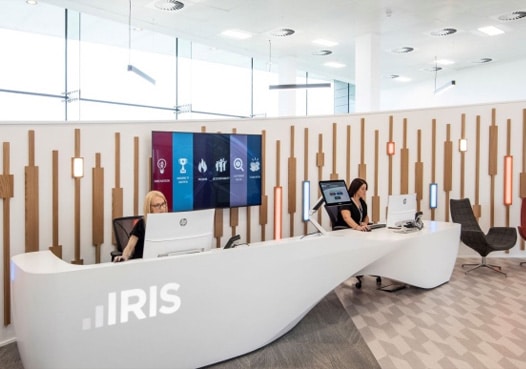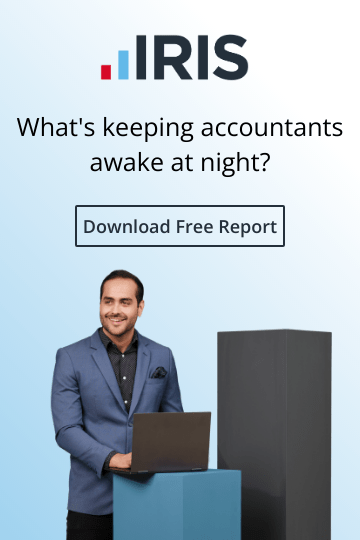BLOGS
Are we seeing the death of the accountancy partnership model?

Partnerships have been the de facto model for running accountancy firms up and down the country.
But with the talent shortage raging on and many pondering whether the model still offers a competitive advantage, the question arises: is it time to explore a different approach?
Why are firms moving away from the partnership model?
In the past, accountants were willing to work 60+ hour weeks and compete with their colleagues for a small number of next-level roles, hoping that if they worked hard enough, there might be a chance to buy into a partnership.
However, times have changed, and the employment landscape has seen a dramatic shift.
Today’s accountants ask why they should go above and beyond for a firm when it’s easier than ever to start their own business without old-fashioned approaches.
Many young accountants would rather get their own clients and work in an environment they can control.
Is a shift to a corporate model right for your firm?
Partnerships grew in popularity largely due to their ease and ability for effective trading, with many smaller firms aiming to keep their business “ticking over”.
However, with 76% of workers stating that expanding their career is a top priority, the loose opportunity of becoming a partner isn’t cutting it for many.
Adopting a corporate structure may be more beneficial for accelerating growth and tackling the talent shortage as it offers the opportunity for more senior positions in the firm.
But what exactly is a corporate structure?
A corporate structure outlines clear roles, responsibilities and relationships among different individuals or departments within the business, aiming to:
- Clearly define lines of authority and communication
- Help staff understand their roles and responsibilities
- Offer a clear view of development within the firm
- Promote efficient decision-making
Within an accountancy firm, the hierarchical model of a corporate structure may look a little something like this:
- At the top is the Managing Director who oversees the entire operation
- Below the top level are Directors who manage specific areas of practice such as audit, tax and advisory services
- The next tier includes Associate Directors and Senior Managers who handle day-to-day operations and client management
- Managers and Assistant Managers focus on project execution and team coordination
- At the base of the structure are Accountants, Technicians and Trainees, who handle the fundamental tasks and support the team in delivering services
What criticisms does the partnership model face?
In recent years, the traditional partner model has been criticised and documented to suffer from some of the following challenges.
Internal disagreements
As firms grow, the partnership model can often begin to show cracks.
Partnerships within larger firms tend to become unwieldy and, unfortunately, partners disagreeing on crucial topics become commonplace.
Too often partners clash on areas such as strategy, business direction and how profits are shared.
With a corporate structure, overarching business decisions tend to be made in more political manners, avoiding disputes fuelled by personal interests.
Perceived lack of opportunity
It's no secret that firms a struggling to bring on more equity partners.
The situation has been catalysed since the pandemic and the introduction of flexible working, with the cost-of-living crisis adding further fuel to the fire.
Many now feel becoming an equity partner is unattainable, holding back growth and furthering the leadership shortage.
Difficulties bringing on senior staff
Scaling up within the senior tier can be tough.
When new partners are brought on, partnerships tend to require a restructuring, adding a roadblock to talent acquisition.
Financial burden
It's been documented that high-quality people haven’t reached equity partnerships due to their finances, not ability.
Those entering the workforce will most likely have student debt, high living expenses or be trying to get on the property ladder.
As such, the equity partner route is quickly losing its allure.
People simply want to be rewarded for the great work they do.
Top tip: salary isn’t the only thing modern workers are seeking! Flexibility, development and exposure, to name a few, are all major draws for talent. The workers of today know what they want from their careers and aren’t afraid to ask for it.
Partnership or corporate, HR reigns supreme
People are your greatest asset, and as such, investing in HR should be a top priority.
HR plays a major role in facilitating areas such as Learning & Development (L&D), helping young accountants improve and upskill – crucial for making a corporate approach work.
Through HR, firms can also better facilitate important areas such as staff wellbeing, flexible working, work-life balance, etc.
For example, if someone is burnt out working 60+ hours a week, they won’t want to join another firm with the same culture and environment – attractive talent seeks attractive employers.
We recently covered three ways you can improve your people management to become a more attractive firm – read the blog here.
Moving away from the partnership model may not be right for all firms, but in a highly competitive market, offering a more people-driven approach can work wonders for helping you stand out.
For more insights into what the future holds for accountancy and its workforce, listen to our podcast where Jonathan Mackie, Director at NRB Chartered Accountants and Emma Crawford-Falekaono, Accountancy Sales Director at IRIS Software Group, detail how firms can set themselves up for success.










